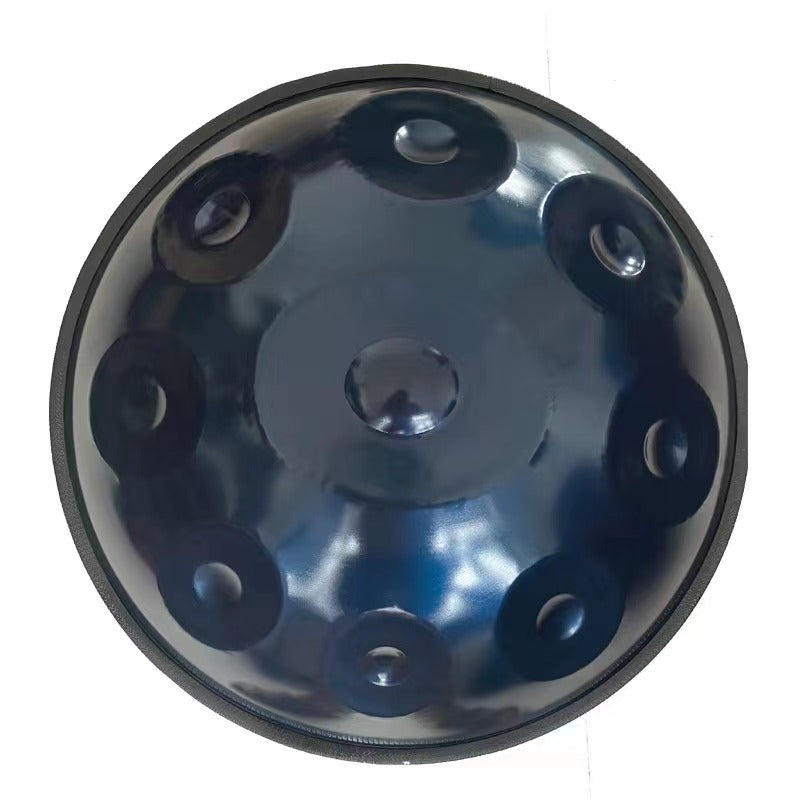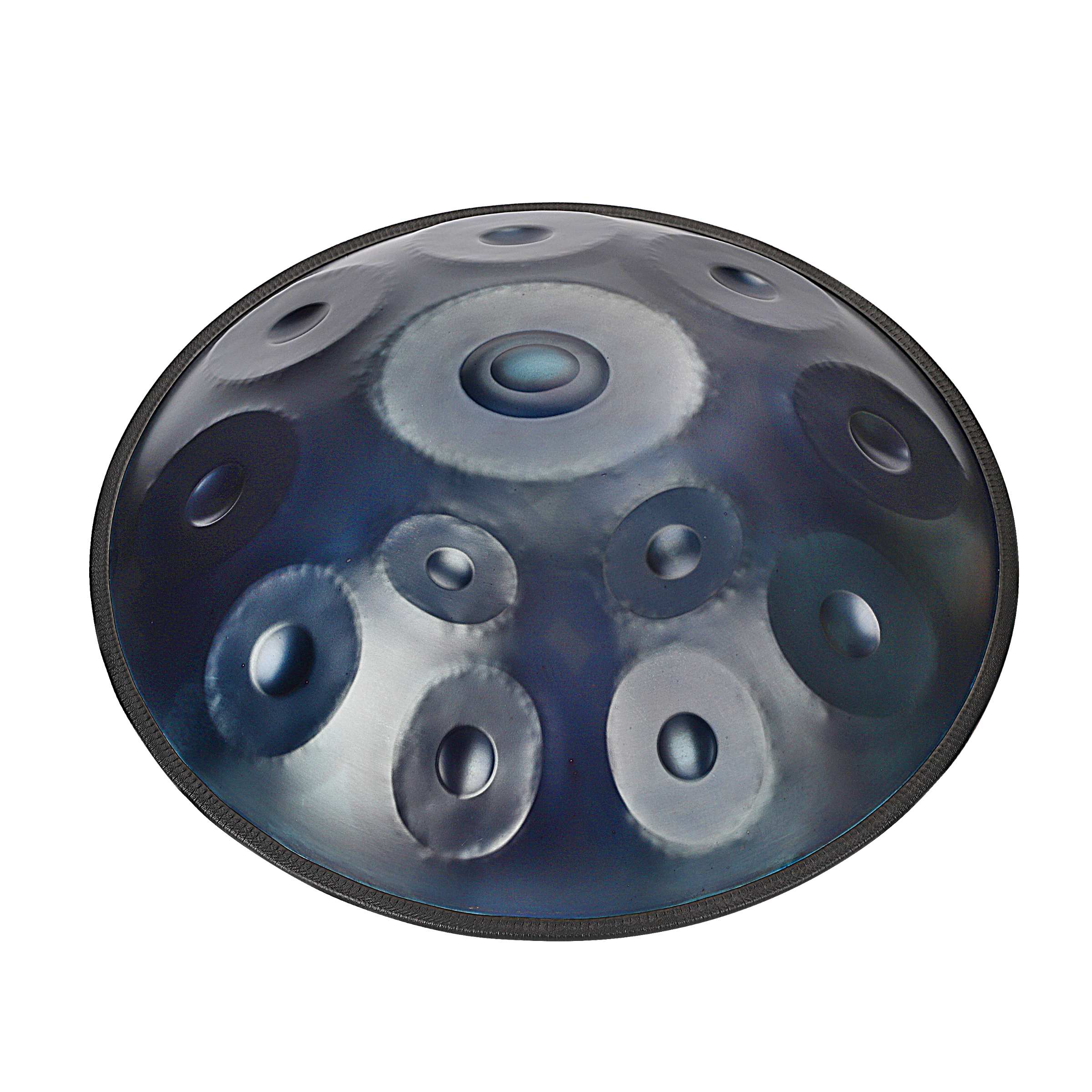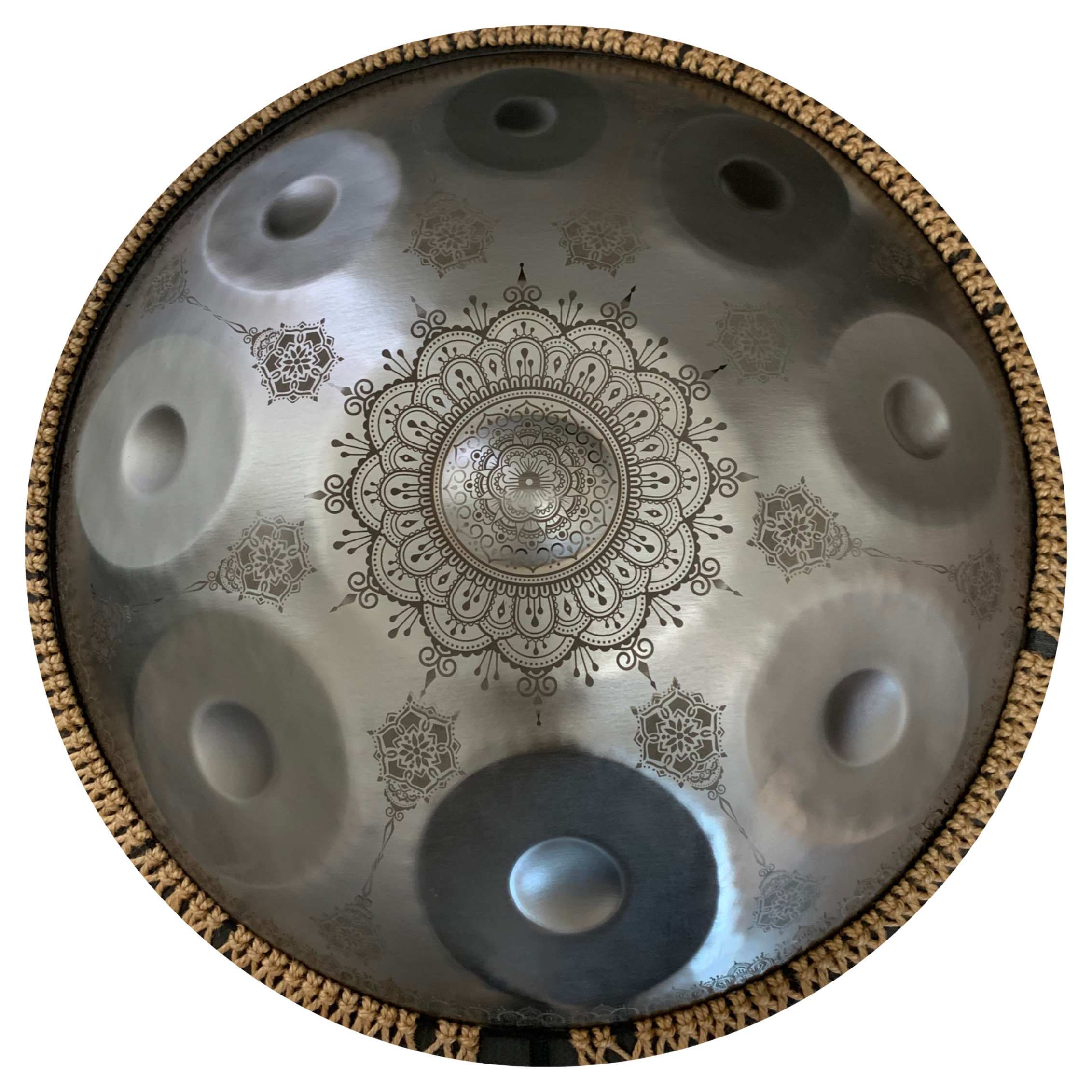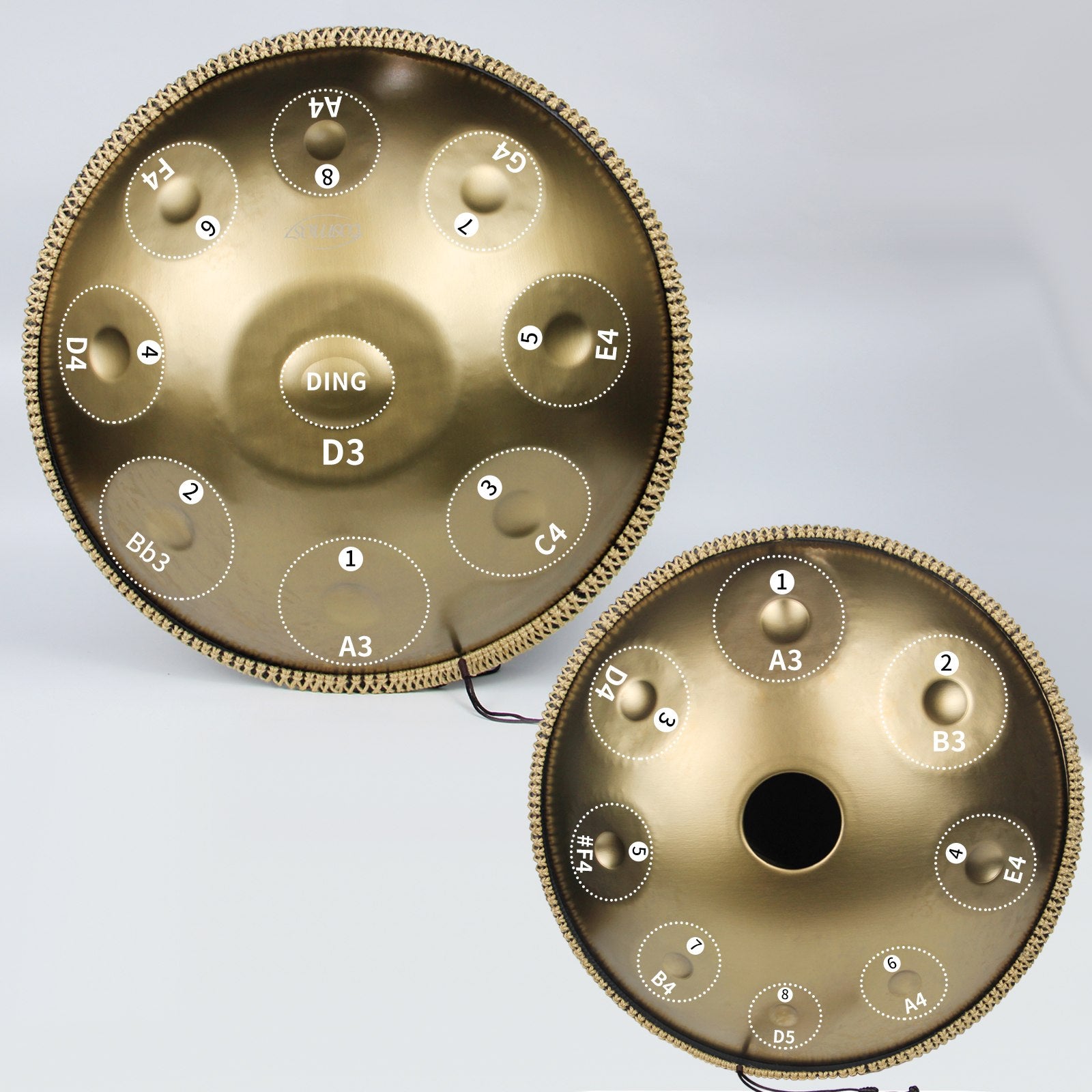Welcome to the wonderful world of handpans! These enchanting instruments are known for their ethereal sounds and captivating melodies. But with so many handpans for sale and options available, choosing the right one can feel overwhelming. Don't worry, we're here to help!
This guide will equip you with the top 10 essential tips to ensure you find the perfect handpan instrument that matches your needs and musical aspirations.

1. Trust Your Ears: Fall in Love with the Sound
Your journey begins with sound. Immerse yourself in the world of handpans by exploring YouTube videos. Search for "handpan" and navigate from link to link, listening to a wide variety of instruments. Put on headphones to appreciate the subtleties: tone, sustain, tuning, balance between notes, and the overall dynamic range. Notice the differences between each handpan.
The more you listen, the more attuned you'll become to the unique qualities of each instrument. Eventually, you'll discover handpans that resonate with you, and that makes you want to play. The more videos you watch, the quicker you'll be able to distinguish between high-quality instruments and those that sound less desirable.
2. Trust Your Head: Understanding Quality
Before you buy, it's crucial to understand the key characteristics of a good handpan. Here are the 7 marks of a quality handpan to keep in mind:
- Tuning: Accurate and consistent across all notes.
- Tone: Clear, rich, and pleasant to the ear.
- Sustain: The notes should ring out for a satisfying duration.
- Balance: All notes should sound equally clear and present.
- Absence of Cross-Talk: Notes shouldn't interfere with each other.
- Dynamic Range: The ability to play both softly and loudly.
- Harmonics Precision: The overtones should complement the fundamental notes.
By understanding these qualities, you'll be able to make informed decisions when choosing your handpan.
3. Trust Your Fingers: The Importance of Playability
Ideally, whenever possible, try before you buy. Visit handpan festivals, connect with fellow handpan players in your area, or contact reputable makers to see if you can arrange a visit. A good handpan should feel comfortable and intuitive to play, even for beginners. Take your time, explore the instrument, and keep the 7 quality marks from point 2 in mind as you play.
4. Trust Your Needs: Choosing the Right Scale
The world of handpan scales is vast and may seem complex at first. Don't worry, we'll simplify it!
Start by going back to YouTube. In addition to listening to sound quality, pay attention to the different scales used in the videos. Make a note of the scales that resonate with you – do you prefer minor or major scales? Mellow or upbeat? Bassy or bright? Perhaps a specific cultural influence like oriental, jazz, blues, or celtic?
Once you have a list, consider how you'll use your handpan. Is it for solo jams, composing music, relaxation, or adding a unique voice to your existing instruments? Choosing a handpan that complements your musical goals is key.
5. Trust Your Instincts: Don't Get Scammed
Your intuition is your best friend when buying a handpan. Here are some red flags to watch out for:
- If the price seems too good to be true, it probably is.
- Alwaysbuy handpan from reputable sources.
- Do your research on the maker's background.
If a note sounds off, the reality doesn't match the video, or it simply doesn't feel right, walk away. Conversely, if you find a handpan that sparks immense joy, take a moment to cool down before committing. It's always good to avoid impulsive decisions.
6. Choose the Right Handpan Material
There are 4 main handpan materials, each with its advantages and considerations:
- Raw Steel:Affordable but prone to rust, requiring more care and maintenance. Not ideal for humid environments.
- Steel-Coated:Lighter and more affordable, but may rust if scratched and offer less dynamic range.
- Stainless Steel:Highly rust-resistant, perfect for slow playing with long sustain, but can be more expensive and harder to work with, potentially affecting quality.
Ultimately, the best material depends on your playing style (percussive vs melodic), environment, and willingness to maintain the instrument. Check out our website at Cosmos Handpan to explore the different handpans we offer in various materials!

7. Choose the Size of My Handpan
Handpan size impacts comfort, range, and ease of play. Here are some key factors to consider:
- Number of Notes:More notes often mean a larger instrument for better spacing.
- Scale:Larger handpans can accommodate lower, more resonant scales, while smaller ones tend to have higher pitches.
- Physicality:Smaller handpans are ideal for children, people with shorter arms, or those with physical limitations.
- Travel:Smaller, lighter handpans are easier to transport, fitting better in overhead compartments.
8. Choose the Number of Notes on Handpan
Handpans typically range from 8-10 notes around the "ding," but some can have 20 or more! The ideal number is a matter of personal preference and technical skill.
More Notes:
- Pros:Wider range of possibilities for compositions and playing styles, additional bass notes for deeper moods.
- Cons:Higher cost due to increased build and tuning complexity, the potential for more defects or crosstalk.
Fewer Notes:
- Pros:Generally more affordable, easier to learn and play for beginners.
- Cons:Limited range of sounds initially.
For beginners, 8-9 notes on the top shell with 1-2 bottom notes are a great starting point. Focus on enjoying the instrument and mastering the basics before considering a larger handpan with more notes.
9. Explore Additional Features (Optional)
While not essential, some handpans offer additional features to enhance your playing experience:
- Dings:These are small indentations that create high-pitched notes. They can add a unique touch to your playing.
- Guitarrón:A raised area on the playing surface that allows for different playing techniques and percussive sounds.
10. Be Wary of Scams
Unfortunately, scams are common in the handpan market. Be cautious of deals that seem too good to be true, lack of guarantees, and sellers with poor reputations. Always use secure payment methods and avoid buying from unknown sources. Reading reviews and seeking recommendations from the handpan community can help you avoid fraudulent sellers.
If you have questions or need guidance, reach out to experienced players, makers, or retailers like Cosmos Handpan. They'll be happy to share their knowledge and assist you in finding the perfect handpan instrument.
Conclusion:
By following these 10 essential tips, you'll be well-equipped to navigate the world of handpan for sale and find the instrument that perfectly complements your musical journey. Remember, trust your instincts, prioritize quality over price, and don't be afraid to ask for help. Most importantly, have fun exploring the beautiful world of handpans!







